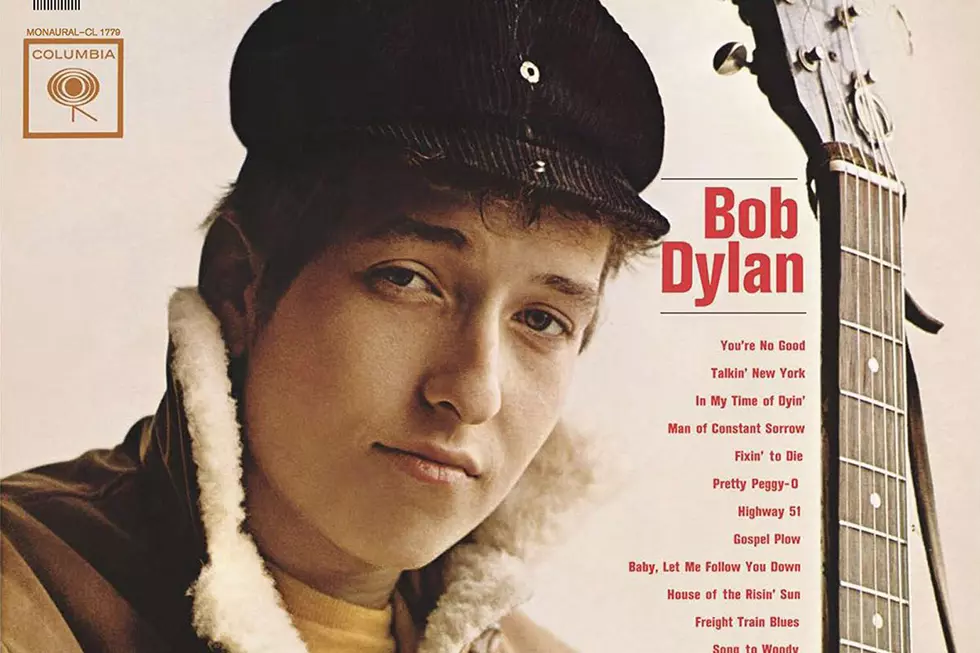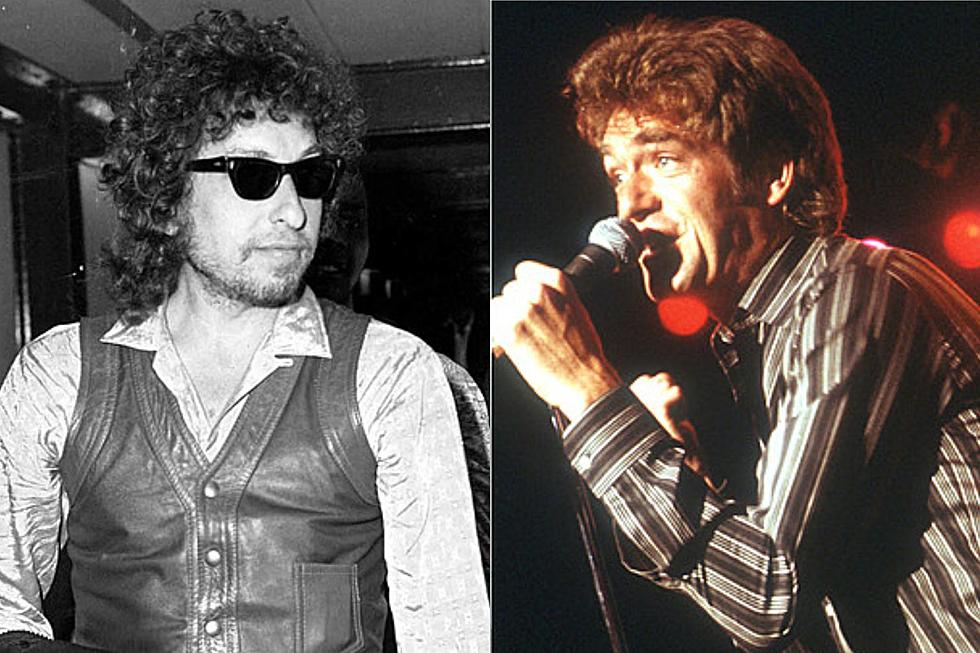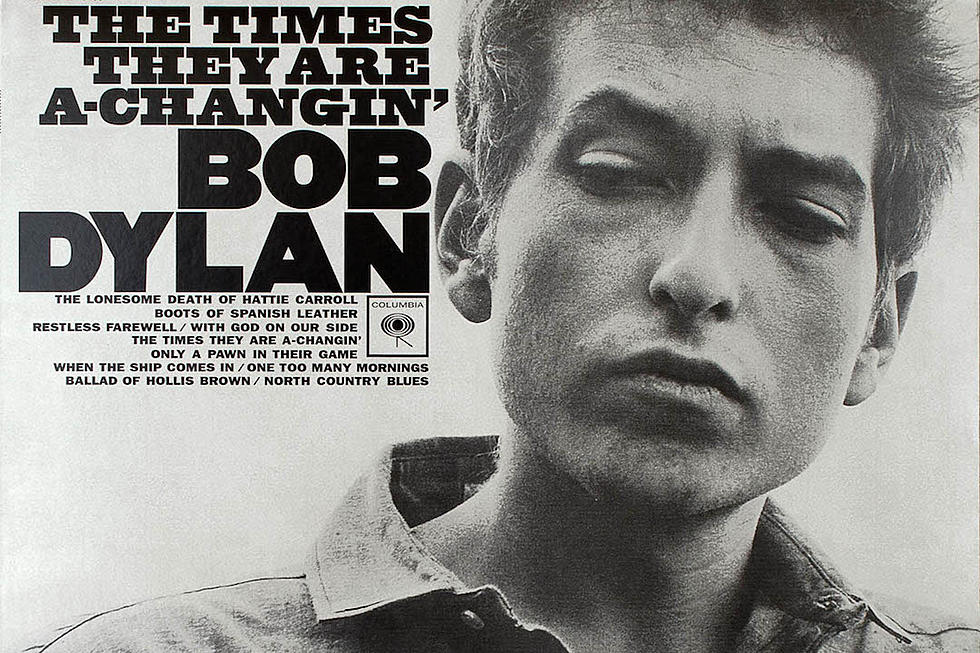
Revisiting Bob Dylan’s Self-Titled Debut Album
The humble rumble of of one man with one guitar and one harmonica was not standard fair for pop music fans. Even 'folk' music was more about the Kingston Trio, clean-cut boys singing harmonies on traditional compositions, than it was Woody Guthrie to most. Then Bob Dylan came along, with his debut arriving on March 19, 1962.
This scruffy young man came armed with his simple artillery, a knowing smile and a million ideas waiting to get out. The seeds sown with this simple yet striking collection of songs, would forever change the music world, eventually.
The simplicity of Bob Dylan is something to behold. It's as raw, uncomplicated and as uncompromising as any blues or country record that came before it. That stark reality of sound with nowhere to hide. The voice, guitar and harp come at you with no pretense or garnishment, like a hammer to the head, while Dylan tries so hard to sound older than the (almost) 21-year-old he was.
Dylan puts on a playful and sincere performance throughout, partly playing a role and partly trying to find his own identity. The ragged "Highway 51" or the haunting Blind Lemon Jefferson song "See That My Grave Is Kept Clean" are bold first steps for someone barely out of his teens.
Listen to Bob Dylan's 'Song to Woody'
Most of the songs within were not part of his live repertoire at the time, but rather songs he'd learned from others on the folk circuit, such as Dave Van Ronk's arrangement of "House of the Rising Sun." Simply put, songs he thought would work in the context of his first outing.
In the 2005 documentary No Direction Home, Dylan said of his first album, "The mystery of being in a recording studio did something to me and those were the songs that came out," later adding he thought he had "recorded the wrong songs."
In fact, the album only contains two Dylan original compositions, "Talkin New York" and "Song to Woody," with the remaining 11 songs being traditional folk standards, albeit with his identifiable stamp on them. Songs like "Baby Let Me Follow You Down," "In My Time of Dyin," and "Fixin to Die" became his own.
Within a year, "Blowin' in the Wind" would establish him as one of the most important songwriters around and within three years, he would issue his first full-on rock and roll recording and ultimately turn the music world upside down, influencing countless artists along the way.
See Bob Dylan Among Albums Released Under Different Names
Bob Dylan Released One of Rock’s Most Hated Albums
More From Ultimate Classic Rock









